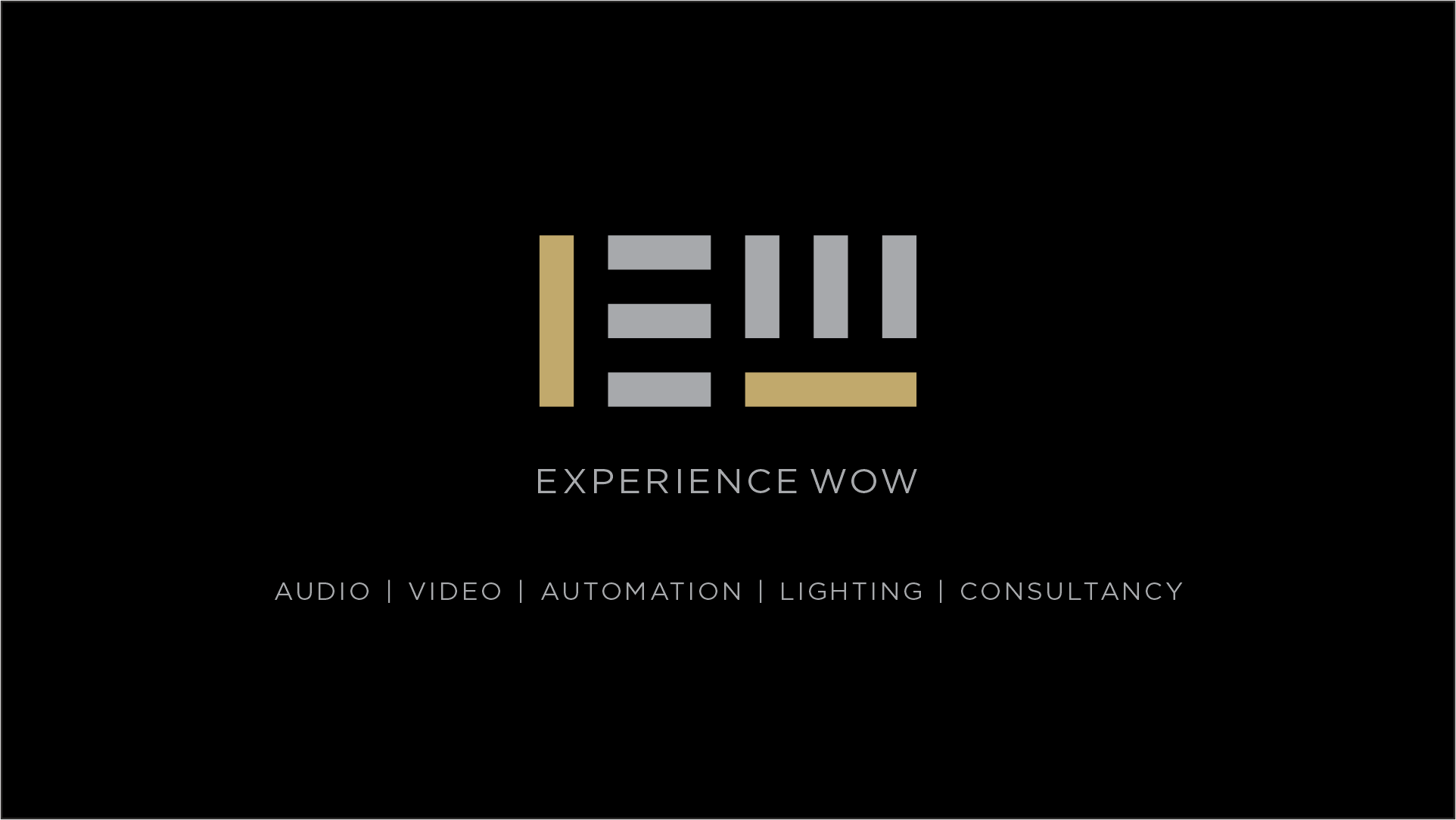Illuminating the Impact of Illumination Conditions on Movement Detection Accuracy and Reliability
Illuminating the Impact of Illumination Conditions on Movement Detection Accuracy and Reliability
Blog Article
Illumination conditions have a crucial role in how effectively we can perceive motion. Motion detection is a critical component of different technologies, such as security cameras, automated lighting systems, and even certain video games. Understanding the ways various illumination environments influence our capacity to detect motion can assist improve the development and efficacy of these systems. For example, inadequate illumination can result in missed movements or false alarms, while ideal illumination can boost the precision of movement detection systems.
In bright lighting environments, motion detection is typically more accurate. When there is ample illumination, sensors and cameras can capture clearer pictures, which assists in recognizing moving elements. Well-lit environments allow for better distinction between the dynamic element and the background. This differentiation is crucial for both human viewers and mechanical systems, as it facilitates it easier to distinguish between static and dynamic objects in a setting. Therefore, making sure that areas are well-lit can greatly enhance the performance of motion detection technologies.
Conversely, dim environments can pose difficulties for movement detection. In low-light environments, shadows can obscure moving elements, making them hard to perceive. Additionally, the human eye struggles to detect movement in dim conditions, which can lead to misunderstanding of what is happening in the environment. Cameras may also face challenges, as many do not function well in dim conditions without the use of infrared technology or alternative enhancements. These restrictions highlight the importance of sufficient lighting in environments where motion detection is essential.
Moreover, different kinds of illumination can have varying effects on movement detection. For instance, fluorescent lights can flash, which might mislead motion detection systems that rely find out this here on steady illumination input. On the contrary, daylight provides a steady source of illumination that improves visibility. Comprehending these variations in lighting types can guide users in selecting the most suitable lighting for specific applications, particularly in surveillance and surveillance scenarios.
In conclusion, the connection between lighting conditions and movement detection precision is significant. By making sure that environments are suitably illuminated, we can improve the dependability of movement detection systems. This knowledge not only supports technological uses but also improves safety and safety in various environments. As more advancements are made in motion detection technology, this page considering illumination environments will remain a crucial factor in optimizing effectiveness and ensuring that these systems function effectively in different environments.